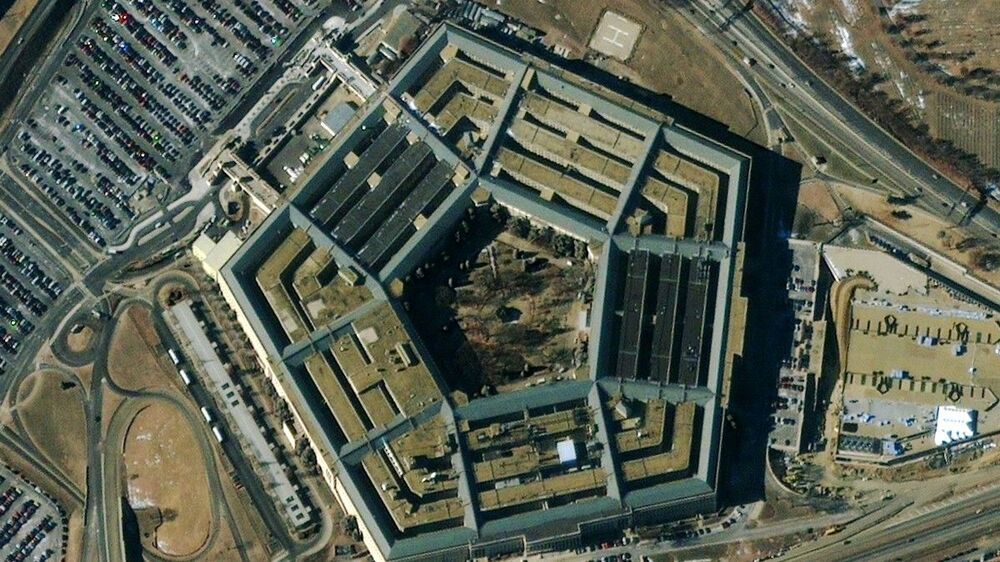Last month, the United States Air Force successfully test flew an unmanned aerial vehicle (UAV) called Skyborg, operating on an autonomous hardware/software suite, for the very first time.
The military aims for this UAV to fuel collaboration among manned and unmanned aircraft. For its first test run, the Skyborg suite flew aboard a Kratos UTAP-22 Mako air vehicle in the first step of what’s known as the Autonomous Attritable Aircraft Experimentation Campaign.
By and large, the US Air Force Research Laboratory seeks a UAV solution that can carry out all of the functions of a manned aerial vehicle but also with the option of manned operation.







